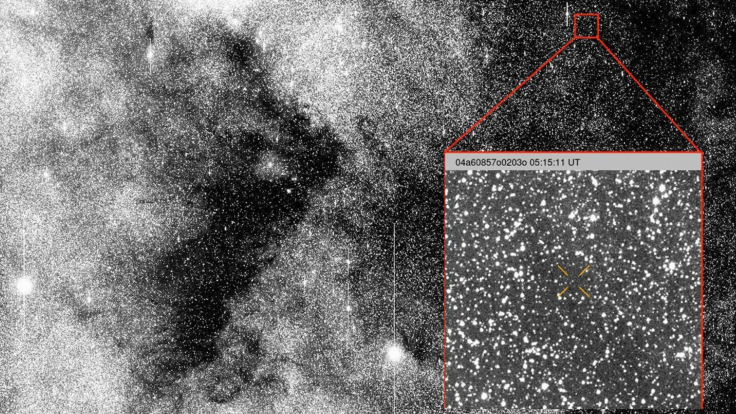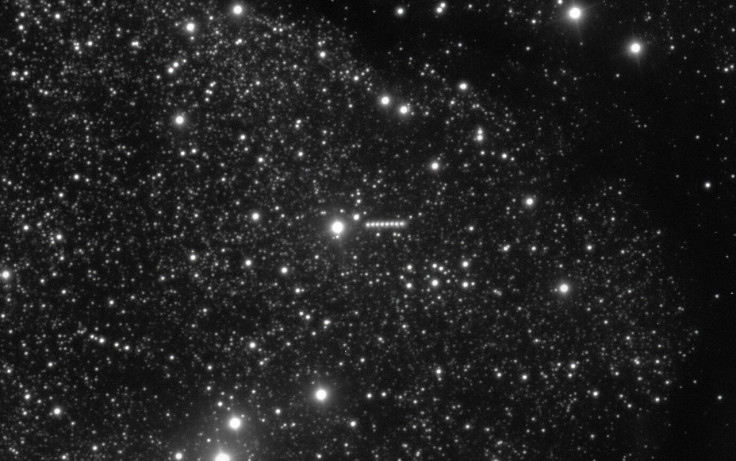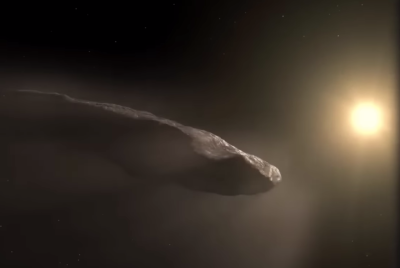3I/Atlas: The Mysterious Comet That 'Went Dark' — and Why Some Think It Could Be an Alien Aircraft
Astrophysicist Avi Loeb has publicly discussed the 'remote possibility' that 3I/ATLAS could be technological in origin

In July 2025, sky-survey telescopes flagged a mysterious object streaking into our Solar System. Within days, scientists confirmed it was no ordinary comet but an interstellar visitor designated 3I/ATLAS (also known as C/2025 N1 ATLAS), only the third such object ever identified after 1I/'Oumuamua in 2017 and 2I/Borisov in 2019.
What makes 3I/ATLAS stand out is not merely its provenance beyond the Sun's domain, but its puzzling behaviour as it whips past our star, behaviour that has prompted some commentators to entertain the unlikely hypothesis that the object might be an alien spacecraft, or at least a highly anomalous natural body.
The Discovery and its Interstellar Credentials
According to NASA, the object was discovered on 1 July 2025 by the DOE/NSF-supported Asteroid Terrestrial-impact Last Alert System (ATLAS) telescope in Río Hurtado, Chile.
Follow-up observations showed it was travelling at roughly 60 km/s relative to the Sun and on a hyperbolic trajectory — a clear sign it came from outside the solar system rather than orbiting within it.

The naming convention '3I' signals it is the third interstellar ('I') object ever catalogued, while 'ATLAS' acknowledges its discovering survey.
What We Know So Far
Observatories, including the Hubble Space Telescope and the Gemini North Observatory in Hawaiʻi, have captured detailed images of 3I/ATLAS. Hubble data suggest its nucleus is no larger than about 5.6 km across (but could be much smaller) and that it is enveloped by a fuzzy coma of dust and gas.
In late summer, observations showed its tail and coma growing as it heated under the Sun's influence, consistent with a comet undergoing sublimation of volatile ices.
The trajectory also places its closest approach to the Sun (perihelion) during late October 2025, coming inside the orbit of Mars and safely distant from Earth.
The 'Went Dark' Phase & Alien Speculation
According to experts, as 3I/ATLAS nears the Sun, it will pass behind the solar glare from Earth's vantage (a solar conjunction) and temporarily disappear from view, which some describe as the object 'going dark.' The theory arises that while hidden behind the Sun, movements or changes could occur out of sight of Earth-based observers.

It is precisely during this hidden phase that some speculative voices argue 3I/ATLAS might be manoeuvring, invoking the concept of an Oberth manoeuvre, a gravitational assist technique used by spacecraft, that if applied near the Sun, might allow an engineered object to change speed and direction.
One known proponent of this scenario is astrophysicist Avi Loeb, who has publicly discussed the 'remote possibility' that 3I/ATLAS could be technological in origin, a hypothesis which NASA reportedly dismissed in September.
While mainstream scientists maintain that the body is almost certainly a natural comet, noting the lack of any confirmed signal, controlled thrust or artificial structure, the very oddities in its behaviour keep the speculation alive.
Meanwhile, according to NASA, which maintains that the comet poses no threat, it has said, 'The comet is on course to pass behind the Sun in late October, and venture past Jupiter in March 2026, on its way out of our solar system.'
© Copyright IBTimes 2025. All rights reserved.





















